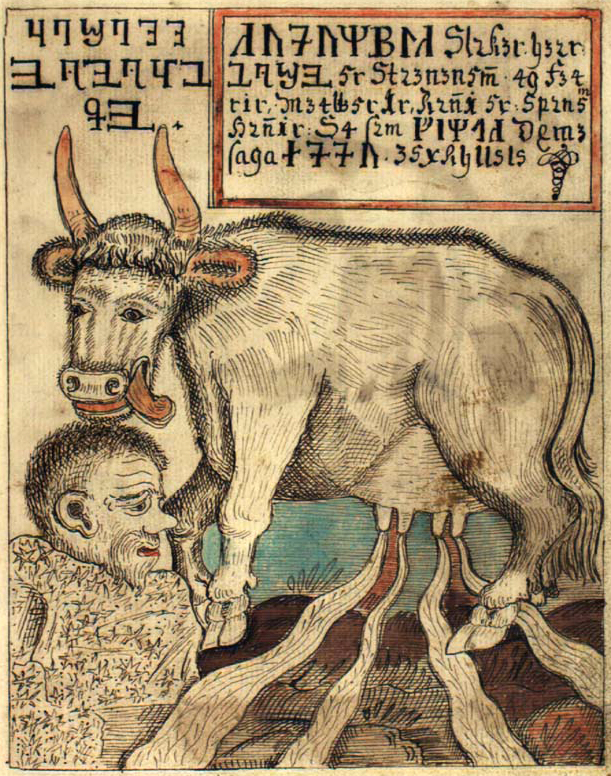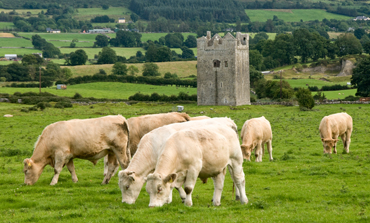
“I have a passion for the finest quality, in everything I do. That’s why I set out to create a unique Irish product to serve in my restaurant. And I’d like to share it with you, too.”
– Kevin Thornton
Eireyu beef is the name given to the beef that is proudly bred and raised specifically for Thorntons restaurant. This delicacy is a cross between the typical Irish Angus and Japanese Wagyu beef, praised in gourmet chefs around the world for its high degree of marbling.¹ The beef is described not only as a blending of the animals themselves but also of philosophies, combining purity and naturalness of Ireland with gentleness from Japan.
Renowned chef Kevin Thornton, owner of Thronton’s, incorporated these two philosophies to create something new and traditional at the same time. The cows are raised with Japanese gentleness but the details of the process are full of Irish pride. The cows “feast on the green pastures of Ireland’s unspoilt land,” and quite luxuriously rest on ancient peat to improve their coat. And as if that star treatment isn’t enough the Eireyu beef cattle are surprisingly fed one of “Ireland’s finest exports,” Guinness twice a day.
These happy cows are a modern manifestation of a cattle culture that’s been part of Irish history dating back to the medieval era when cows were of exceptional social and economic importance.² So beef itself has a tradition associated with it, even if its not a tradition that is exclusively Irish, however the process by which the cattle are raised incorporates other Irish traditions, in hopes of creating a food that is more exclusively Irish. The pride in green Irish pastures and the use of peat indicate a desire for the food to remain intimately connected with Irish land as both a source of energy and beauty. And feeding the beef Guinness suggests the importance the chef feels in cherishing traditional Irish products in addition to Irish land. Situating the beef specifically in Ireland is a gesture to the localvore movement and the desire to understand the origin of the food before you, which goes hand in hand with the desire to present some sort of local Irish traditionalism.
There is however, an interesting contrast between the strong and intentional Irishness of the process and the obvious cultural fusion in the breading and philosophy of the beef. In contract to the desire to stay connected with the land and tradition, crossbreeding with the Wagyu beef, a very distinctly Japanese animal, makes the Eireyu beef obviously less Irish and less local. The implication seems to be that while there is a desire to keep with tradition, in a high end urban restaurant for the Dublin nouveau riche tradition can’t stand on its own. In other words just because traditional Irish food is simple meat stew, that doesn’t mean it can’t be served to the more modern and worldly, who still desire to consume local food and culture, it just needs an update.
More on Rural Beef
Link to Official Eireyu Pamphlet
Back to Thornton’s
1) American Wagyu Association. What is Wagyu? http://wagyu.org/breed-info/what-is-wagyu/
2) McCormick, Finbar. The Decline of the Cow: Agricultural and Settlement Change in Early Medieval Ireland. 2008. https://www.qub.ac.uk/schools/gap/Staff/FileStore/Filetoupload,287072,en.pdf








